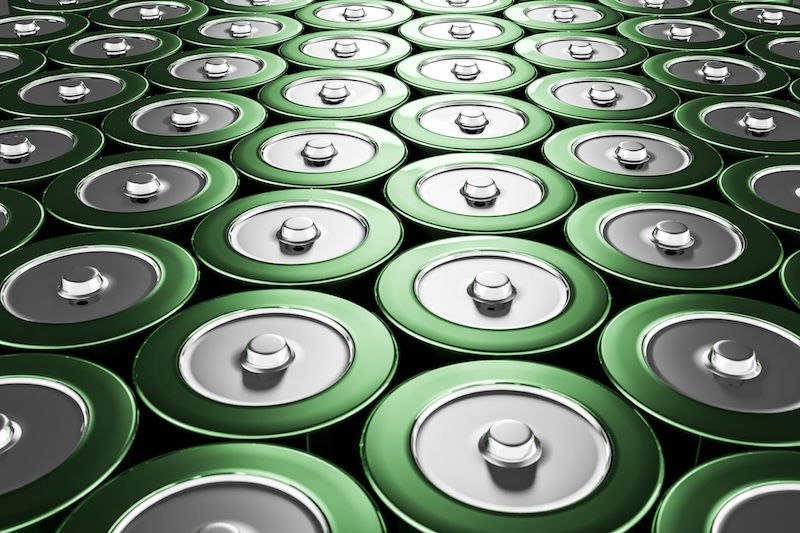
A heart attack or stroke can happen within seconds. Getting treatment fast for these medical emergencies can mean the difference between life and death or disability. But do you know the symptoms of these dangerous events? And do you know if you’re at risk for having one?
More than 1.5 million people have a heart attack or stroke every year in the U.S. Heart attack happens when blood flow to the heart gets blocked, most commonly by a blood clot. Stroke happens when blood flow to the brain gets disrupted.
The most common type of stroke is caused by a blood clot stuck in a blood vessel that feeds the brain. Stroke can also be caused by a blood vessel in the brain that breaks open and bleeds into nearby tissue.
“Early treatment is key to improving your chances of survival,” says Dr. Gina Wei, a heart-health expert at NIH.
Treatment may include either rapidly dissolving or removing the clot to open up the blocked blood vessel. For some heart attack cases, emergency surgery is used to redirect blood flow around the blockage.
Getting help immediately can save a life and reduce damage to the heart or brain. Less damage to these vital organs can also mean less disability afterward, and a faster recovery, explains Dr. Clinton Wright, a neurologist and stroke researcher at NIH.
So it’s important to be on alert for symptoms of a heart attack or stroke for both yourself and the people around you. Every minute matters.
Know the Symptoms, Act Fast
The most common symptoms of a heart attack are pain, heaviness, or discomfort in the center or left side of your chest. But they’re not the only symptoms. Women are more likely than men to have other symptoms, like pain or numbness in the left arm.
Some people may also feel a rapid or irregular heartbeat. Others feel pain or discomfort in one or both arms, the back, shoulders, neck, jaw, or above the belly button.
You may also feel short of breath or suddenly sweat a lot for no apparent reason. Rarer symptoms include feeling extremely tired for no reason, nausea and vomiting, and dizziness.
For stroke, the most common symptoms are facial drooping, arm weakness, and trouble speaking. “There can also be a sudden loss of balance or coordination, or sudden trouble seeing in one or both eyes,” Wright says.
If you or anyone around you has these symptoms, call 9-1-1 immediately. Don’t wait. Treatment can start in an ambulance on the way to the hospital.
This helps improve the odds of survival and recovery. Don’t drive yourself to the ER or ask someone to drive you. It may delay treatment.
Other health conditions can mimic symptoms of a heart attack and stroke. “But it’s better to be safe than sorry,” Wei says. “Call an ambulance to go to the ER and get checked out.”
Are You At Risk?
Most heart attacks and strokes happen in people who have certain risk factors (see the Wise Choices box). If you know your risk, you can be on the lookout for symptoms. You can also take steps to lower that risk.
One major risk factor for heart attack is high cholesterol in the blood. High cholesterol can also increase the risk for stroke.
Cholesterol can build up on the walls of blood vessels, causing plaques. If a plaque breaks open, a blood clot can form. But cholesterol isn’t the only contributor to this process.
Dr. Paul Ridker from Harvard University is working to understand the role of inflammation in heart disease. His research has shown that high cholesterol and inflammation work together to increase heart-attack risk.
“Heart disease involves both accumulation of cholesterol and an inflammatory fire lighting the match underneath it all,” he says.
In a recent study, his team measured inflammation using a test called hsCRP as well as blood cholesterol in women in their 30s. Women with high levels of inflammation had a higher risk of heart attack or stroke later in life than those who only had high cholesterol.
“Get these things measured,” Ridker advises. Knowing your numbers “can give you an opportunity to start prevention much earlier in life,” he says.
Hypertension, or high blood pressure, is another important risk factor for stroke and heart attack. High blood pressure has no symptoms. So you may not know you have it.
You can check your blood pressure at home with automatic cuff monitors. These are available at all major pharmacies.
Measuring your blood pressure at home if you have hypertension and getting your cholesterol checked by your doctor regularly can help you assess your health risk. Your doctor can advise you on how to lower your risk based on your blood pressure and cholesterol numbers.
Lower Your Risk
If you’re at risk for a heart attack or stroke, lifestyle changes and medications can help you lower that risk.
“Eating more vegetables and less red meat, exercising, and quitting smoking all lower heart attack and stroke risk,” Ridker says. “And it turns out they all reduce inflammation as well.”
Other steps you can take to reduce your risk of a heart attack or stroke include maintaining a healthy weight, getting enough sleep, and managing stress.
“It’s never too early to start making healthy changes,” says Wei. “It’s easy to feel overwhelmed. You can start with small steps.
Like taking the stairs instead of an elevator or parking your car a little farther away when you go shopping. Or adding one fruit or vegetable to your day. Then work your way up gradually.”
Sometimes, lifestyle changes alone aren’t enough to reduce your risk. Medications can also help.
Drugs called statins can help lower cholesterol levels. The U.S. Food and Drug Administration recently approved the first drug to lower inflammation in adults at very high risk of a heart attack or stroke. It’s called low-dose colchicine.
Drugs that lower blood pressure can also help. “As people get older, blood pressure naturally goes up,” Wright says. So it’s important to make sure to manage your blood pressure as you age.
A large NIH-funded study showed that using more than one medication to reduce blood pressure substantially reduced the number of strokes in people at high risk who couldn’t get their blood pressure low enough with only a single drug.
“And we’ve continued to gain more evidence that the lower your blood pressure, the better,” Wright says.
“We all have the power to protect our hearts and lower our risk for heart disease and stroke,” Wei explains.
If you care about stroke, please read studies about how to eat to prevent stroke, and diets high in flavonoids could help reduce stroke risk.
For more information about health, please see recent studies about how Mediterranean diet could protect your brain health, and wild blueberries can benefit your heart and brain.







Leave a Comment